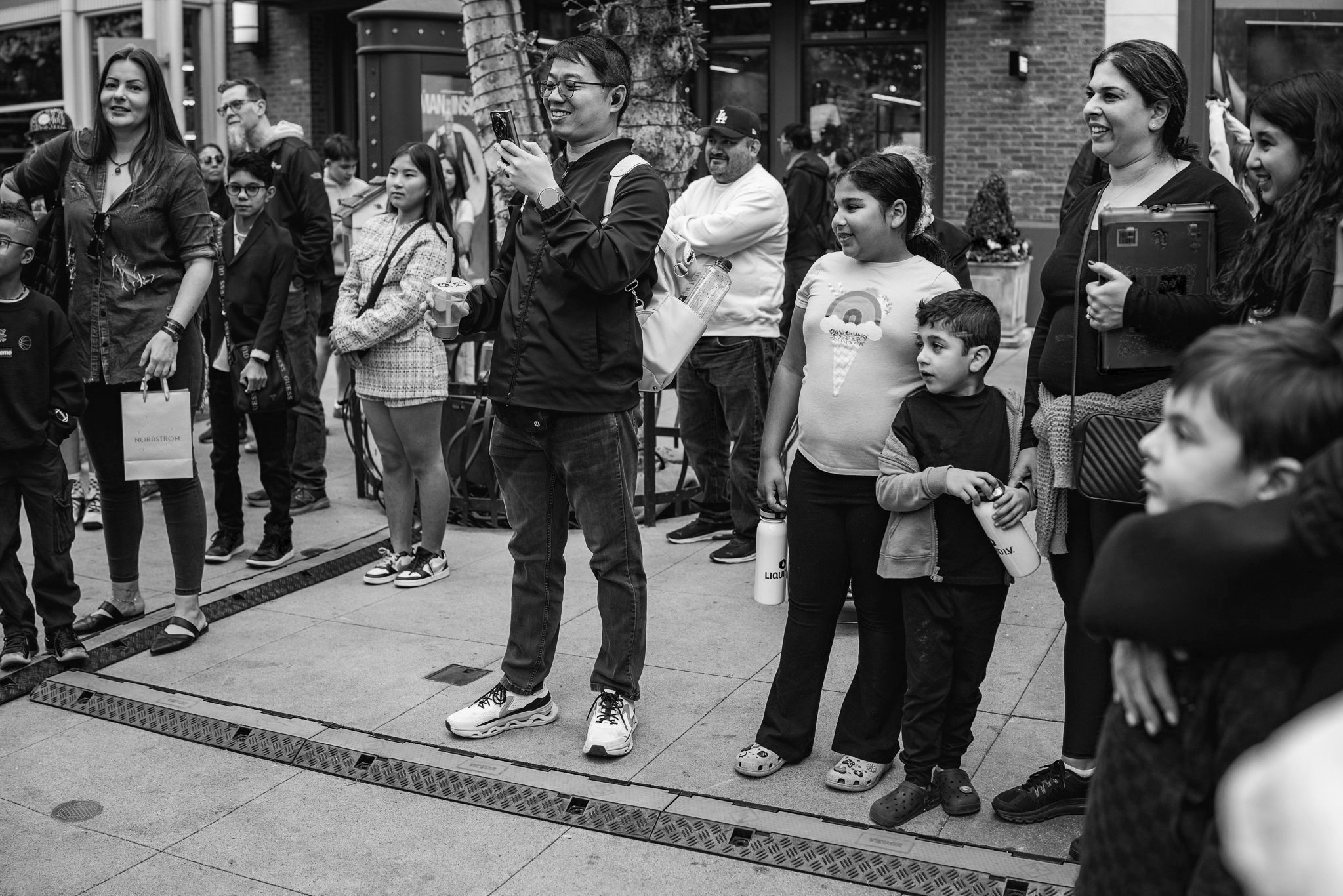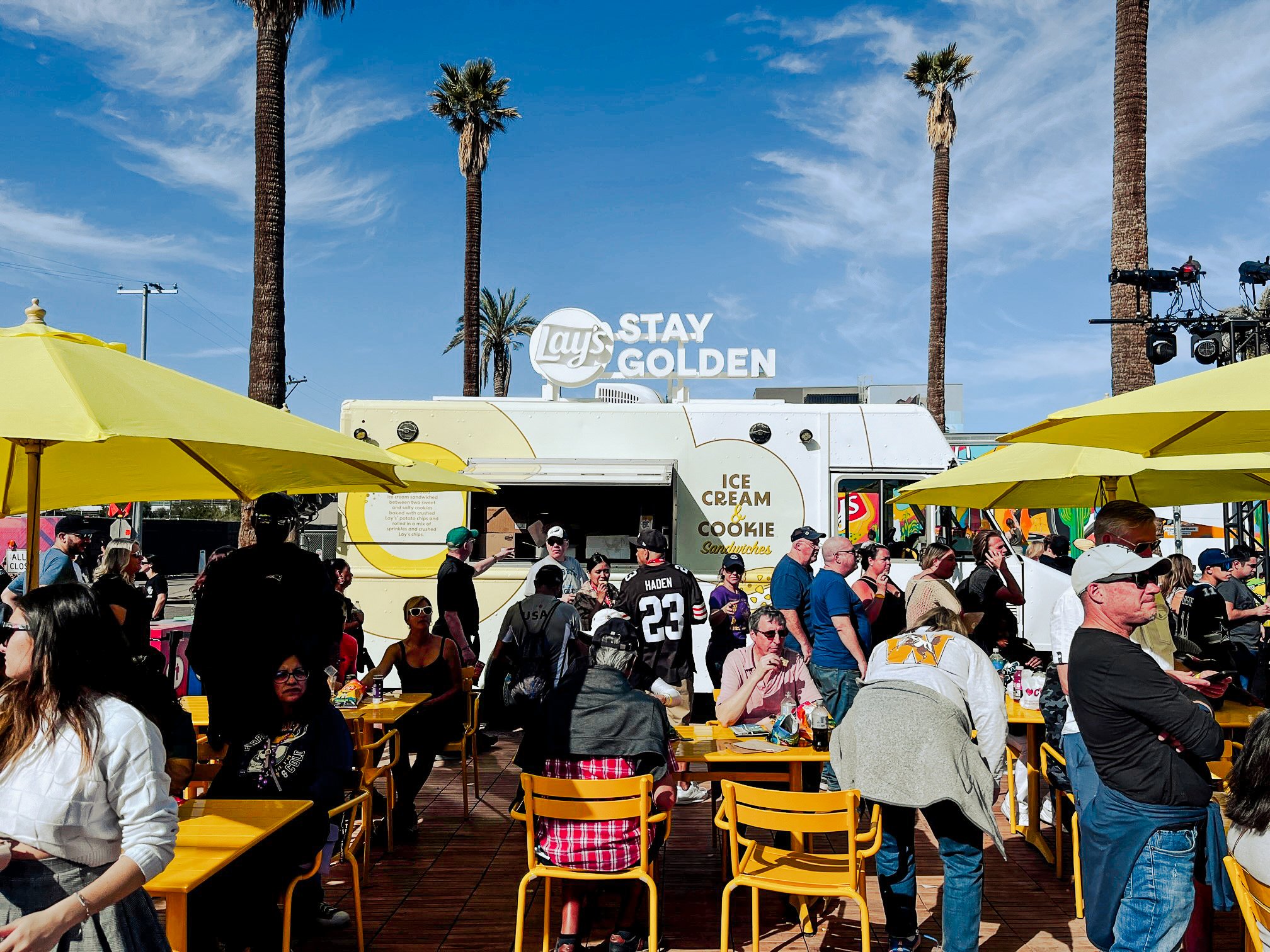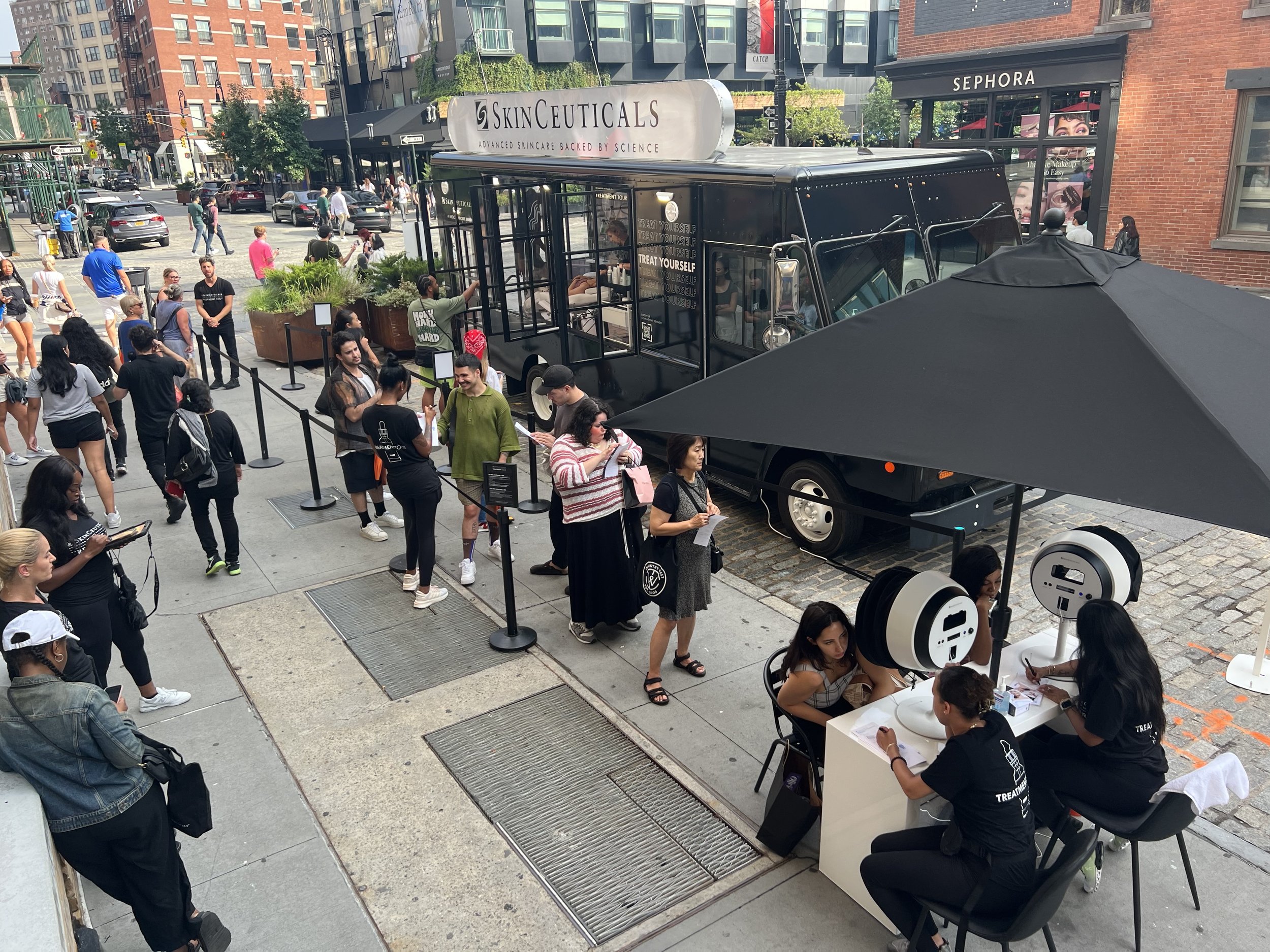Experiential Marketing Ideas That Drive Engagement
Experiential marketing is changing how brands connect with people. It creates fun, interactive experiences that help people remember and like a brand more. Instead of just seeing ads, people get to actually do things with the brand. Let's look at some cool ideas that are helping businesses connect better with customers and make them fans of the brand.
| Key Takeaways |
|---|
|
• Mobile marketing experiences bring brands directly to consumers • Immersive brand experiences create deeper emotional connections • Social media integration amplifies reach and engagement • Pop-up events generate buzz through scarcity and exclusivity • Personalization enhances individual customer experiences • Virtual and augmented reality offer new engagement possibilities • Advanced analytics are crucial for measuring campaign success |
Mobile Marketing Experiences: Taking Your Brand on the Road
One great way to engage customers is by bringing your brand to them. Mobile marketing experiences let brands create unique interactions in different places. This helps reach people in busy cities and small towns, making sure lots of people see and interact with the brand.
Brands can use special vehicles to create pop-up experiences that surprise and make people happy. These mobile events can include trying products, interactive displays, and even virtual reality experiences. The important thing is to create a moment people will remember that fits with what the brand stands for and what customers like. For example, a food company might use food trucks to give out free samples and show how to cook. A tech company could make a mobile showroom to show off their newest gadgets. These experiences not only get people interested right away but also create lasting memories that can make people like the brand more and tell their friends about it.
Creating Immersive Brand Experiences
To really get people involved, brands need to do more than just regular marketing. They need to create experiences that people can fully be a part of. These can be things like interactive displays or events that use all your senses. By making experiences that people feel emotionally connected to, brands can build stronger relationships with their customers.

Imagine creating a multi-room experience that tells your brand's story through different senses. A drink company might make a journey through different rooms, each showing a different flavor or part of the brand. This not only teaches people about the product but also creates a cool moment they'll want to share on Instagram. A makeup brand could make a "beauty playground" where people can try different looks, get personal skincare advice, and learn about the science behind their products. These fun experiences not only entertain and teach but also create emotional connections that can make people loyal to the brand for a long time.
Leveraging Social Media for Amplified Engagement
In today's digital world, the success of experiential marketing often depends on how it impacts social media. By including social platforms in your campaigns, you can make your event reach far beyond just the people who are there in person. This helps brands connect what happens at the event with what happens online, making their marketing efforts even more powerful.

Encourage people to create and share content by making photo opportunities or interactive elements that people want to share. Make a special hashtag for your event and give rewards for using it, like contests or special prizes. This not only gets people more involved during the event but also spreads awareness of your brand as people share their experiences with their friends. For example, a fashion brand might create a virtual fitting room where people can try on clothes and share their looks on social media to get instant feedback from friends and style experts. By using social media, brands can turn a single event into something that goes viral, reaching way more people than just those who were there.
Pop-Up Events and Temporary Installations
Pop-up events and temporary installations are great ways to create excitement and get people involved by making something special and limited. These short-time experiences can make people feel like they need to hurry or they'll miss out. By offering unique, time-limited experiences, brands can create a lot of interest and involvement that can have long-lasting effects on how people see the brand and how loyal customers are.

Think about creating a themed pop-up shop that offers special products or experiences. For example, a beauty brand might create a "glow-up" station where people can try new products and get personalized skincare advice. The key is to offer something unique that you can't find in regular stores, giving customers a good reason to interact with your brand. A tech company could create a futuristic pop-up showing upcoming innovations, letting customers interact with prototypes and give feedback. These temporary installations not only create immediate interest but also make lasting memories and associations with your brand, building long-term relationships with customers.
Personalization in Experiential Marketing
Personalization is a powerful tool in experiential marketing, allowing brands to create experiences that feel made just for each person. By using data and technology, you can create experiences that feel custom-made for each participant. This level of personalization not only makes the customer experience better but also shows that a brand is committed to understanding and meeting the unique needs of its audience.
Use advanced event reporting tools to gather information on what participants like and how they behave. This information can be used to create personalized follow-up experiences or to make future events better match what your audience wants and needs. For example, a fitness brand might use data from a previous event to create personalized workout plans for people at their next event. A music streaming service could create a personalized concert experience where the songs played are chosen based on each person's listening history. By using data to create highly personalized experiences, brands can show their value to customers and build stronger, more meaningful relationships.
Incorporating Virtual and Augmented Reality
Virtual and augmented reality technologies offer exciting new ways for experiential marketing. These tools allow brands to create immersive, interactive experiences that mix the real world with digital elements. By using VR and AR, brands can take customers to entirely new places, show products in innovative ways, and create memorable experiences that weren't possible before.

Think about creating a virtual product launch that lets customers explore and interact with new products in a digital world. Or use augmented reality to bring your brand to life in unexpected ways, like creating an interactive scavenger hunt throughout a city. These technologies not only create memorable experiences but also provide opportunities to collect data and personalize experiences. For instance, a travel company could use VR to offer virtual tours of exotic destinations, letting potential customers "experience" a location before booking. A car brand might use AR to let customers see different car models in their own driveways, changing colors and features in real-time. By using these cutting-edge technologies, brands can create truly unique and engaging experiences that set them apart from competitors.
Measuring Success: Advanced Reporting and Event Analytics
To really understand how well your experiential marketing is working, it's important to use good reporting and analytics tools. These insights can help you make your strategies better and show stakeholders how well the marketing is working. By using advanced analytics, brands can understand customer behavior, preferences, and how effective their experiential campaigns are overall.

Use advanced event reporting tools that do more than just count how many people came or how engaged they were. Look for platforms that can track customer journey touchpoints, measure how people feel, and provide real-time insights. This data can help you make quick changes to your events and plan future experiential marketing strategies. For example, facial recognition technology could be used to analyze how attendees feel throughout an event, showing which parts they liked most. Heat mapping and foot traffic analysis can show how participants move through a space, helping to plan future layouts and designs. By using these advanced analytics tools, brands can keep improving their experiential marketing efforts, making sure they have the biggest impact and return on investment.
Case Studies: Successful Experiential Marketing Campaigns
Learning from successful experiential marketing campaigns can give you good ideas for your own efforts. Let's look at some innovative projects that have really gotten people involved and explore the strategies that made them successful. These case studies show how creative thinking, using technology, and really understanding your target audience can lead to truly impactful experiential marketing campaigns.
These case studies show how powerful creative, immersive experiences can be in getting people to engage with a brand. By thinking differently and creating unique, shareable moments, these brands were able to create lasting connections with their target audiences. For instance, one campaign might have used VR technology and personalized product recommendations to create a futuristic shopping experience. Another might have used social media and user-generated content to turn a local event into something that people all over the world talked about. By looking at these successful campaigns, brands can learn about effective strategies and innovative approaches that they can adapt for their own experiential marketing efforts.
Conclusion: The Future of Experiential Marketing
As technology keeps changing and what consumers expect shifts, the future of experiential marketing looks bright. Brands that can create real, engaging experiences that smoothly mix the physical and digital worlds will be in a good position to make meaningful connections with their audiences. The key to success is staying ahead of technology trends, understanding how consumer behaviors are changing, and always coming up with new ideas to create experiences that surprise and delight people.

By using new technologies, focusing on personalization, and creating shareable, memorable moments, brands can use experiential marketing to get people involved and build lasting relationships with their customers. The key is to stay flexible, always gather and analyze data, and always put the customer experience at the center of your marketing efforts. As we move forward, we can expect to see even more use of AI and machine learning to create super personalized experiences, as well as more focus on sustainability and social responsibility in experiential marketing campaigns.
Remember, the most successful experiential marketing campaigns are those that not only get attention but also provide real value to participants. By focusing on creating meaningful experiences that match your brand values and resonate with your target audience, you can get people involved and build brand loyalty that lasts long after the initial event. As marketing continues to change, experiential marketing will play an increasingly important role in how brands connect with consumers, create memorable experiences, and build lasting relationships in a competitive marketplace.








